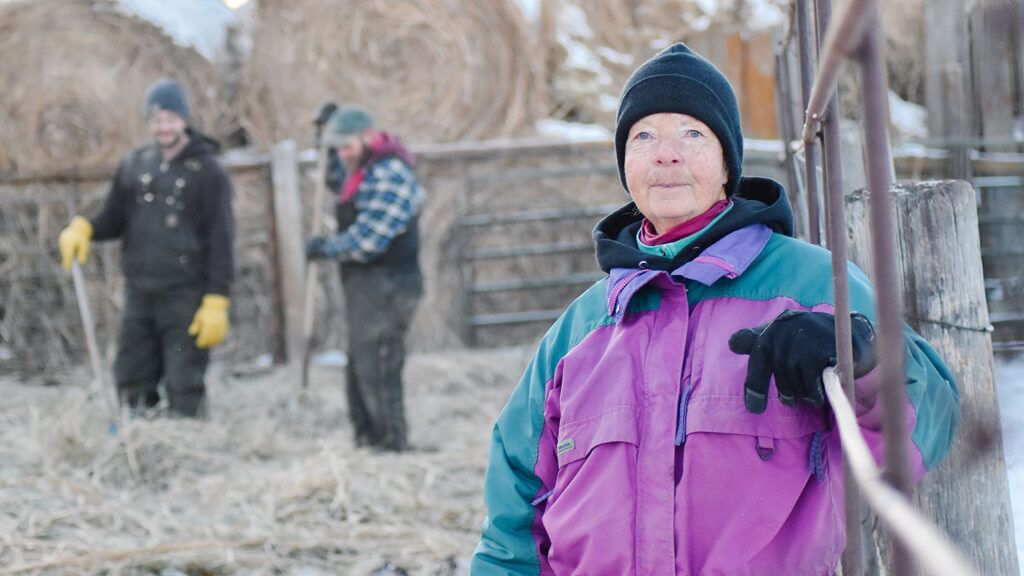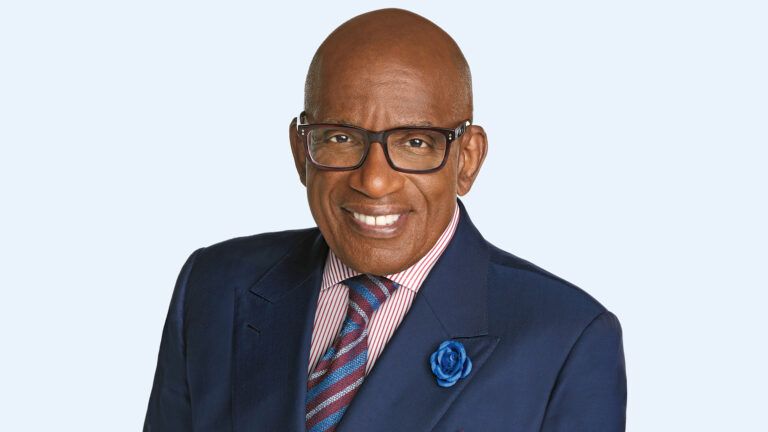I’d practiced my talk for weeks. Agonized over my words. What stories from my life as a farmer in central North Dakota were most likely to inspire hope in an audience of farmers just starting out? Was there any hope for them? Their young faces looked so eager, so hopeful.
It takes a lot of courage to embark on life as a family farmer these days. Success is far from guaranteed, no matter where you live. Land is expensive. Banks are reluctant to lend to new farmers. The farm economy favors large growers.
That’s why I agreed to address this audience convened by a North Dakota nonprofit organization called the Foundation for Agricultural and Rural Resources Management and Sustainability (FARRMS). The foundation supports sustainable agriculture and strengthens local food systems through farmer education, peer support and microlending.
I’m almost 70 years old. I’ve been a farmer all my life. I’m not a natural public speaker. I’m most comfortable on my 468-acre cattle ranch. Most of my days are a quiet routine of farming and prayer. Often I talk to God more than I talk to other people.
I’m a widow. My beloved husband, John, my partner in life and farming, died of cancer nearly a decade ago. Since then, I’ve kept the farm going by myself. The organizer of the speaking event insisted I had lots to offer an audience of young people.
“Tell them how you and your husband got established and improved the soil,” she said. “Encourage them.”
What encouragement could I offer? The world had been very different when John and I started farming. What could I say to these fledgling farmers that would really make a difference?
A voice sounded in my head. Hope, Raylene. Tell them your story. Share your hope.
Was my story hopeful? Would it be relevant to these young people? The talk I’d prepared was based mostly on my own experience as a farmer. I had to trust that was enough.
I took a deep breath and began, trying to sound more confident than I actually felt. “My husband, John, and I started farming 30 years ago,” I said. “We floundered at first. We could barely afford equipment, and not many lenders would lend money to untested beginners. Our first decade, we almost went belly-up. Some days I didn’t even have money to buy a can of soup or a stamp to mail a letter.”
Heads nodded.
This was not a church gathering, and I didn’t want to intrude on anyone’s individual faith. So I left unspoken the spiritual part of my story as a beginning farmer. But that didn’t mean God wasn’t my foundation. For John and me, farming had been a calling from God.
Every day, I hiked to the top of a grass-covered hill overlooking the farm. I called it my Prayer Hill. There I poured out my heart to God. My prayer, my dream, never changed: “Make our farm a garden, Lord! Make it a place of healing, peace and prosperity. Your prosperity! Make it the place you want it to be.” And I prayed to be surrounded by other farmers who saw God at work on their farms.
I hoped that silent wellspring of hope would imbue my words as I told the audience my story. Recounting how John and I had built the farm, gradually climbing out of the worst of our money woes and learning to raise a herd of cattle using natural methods, I grew increasingly confident that God had answered my prayers in ways that would help other farmers. Perhaps this widow in her sixties had something to offer these young ones after all.
I continued my story, explaining how John and I kept the farm going by respecting the land and doing our best to make wise use of what we had. John used a team of draft horses to bring feed to the cattle in winter because the horses could plow through snow and we took our commitment to natural farming methods seriously. Instead of growing grain, we planted alfalfa, a perennial forage for cattle that also improves the health of the soil.
We grew a big garden for food and planted trees in a shelterbelt, not only to ward off winter winds but also to give birds and other wildlife places to live. I wrote articles for farm magazines to supplement our income. Family members generously gave us gifts of cattle and cash. Over the years, by the skin of our teeth, we built a self-sustaining farm.
I had long wanted to pay forward the help that God had given John and me. I prayed for ways to help beginning farmers in any way I could. That is what led me to accept the invitation to speak to that group of young people at the FARRMS meeting.
We older farmers have an obligation to help lift up the generation coming in. We have a wealth of experience and wisdom to offer. Depending on our financial circumstances, we also have resources. Over the years, God has answered my prayers to be of service by bringing mentoring opportunities or chances to share gifts of cash and cattle with beginners.
One of the most daunting obstacles faced by beginning farmers and ranchers is finding affordable land. Much of America’s farmland is in the hands of large owners. Available land is often expensive. Young farmers struggle to qualify for financing.
Older farmers like me are in a position to help because we have land.
Nonprofit organizations have begun to address this problem by pairing young farmers with farmers who are approaching retirement. One organization, Nebraska’s Center for Rural Affairs (cfra.org), has compiled a state-by-state database that can potentially link aspiring farmers with landowners.
The center also helps established farmers take advantage of tax breaks that are offered to those who rent or share their land and equipment with young farmers.
Sometimes the younger farmer takes over the farm when the older farmer retires. The farm survives, and a new farmer has hope for the future.
I have begun forming my own partnerships with young farmers. My neighbors, young ranchers named Tony Sommer and Sam Rau, have become what I call my farm cooperators. They run a small herd of cattle on pasture that I own. Instead of paying pasture fees, they rebuild fences. This summer, they will harvest my hay on a share arrangement.
Months after my FARRMS talk, I sat on Prayer Hill. It was a late summer evening, and I was worrying about Tony and Sam. Our cooperation has helped all of us survive. But some of Tony’s and Sam’s most pressing needs seemed insurmountable. Like so many family farmers, they were running up against hard limits.
The sun was setting, and hope too felt distant.
Yes, I thought, John and I succeeded against the odds. But the odds are even longer now. I didn’t know what to pray. “Father” was all I managed to say.
And God answered. Look around you! a voice said. What do you see?
I looked around. Flowing down from Prayer Hill, carpeting the farm, was a lush, green growth of alfalfa, thicker than in most years. Below me, a dense forest of volunteer trees (those that come up on their own) in a meadow broadened the shelterbelt of trees framing the farmyard. That meadow had been bare when John and I came to the farm.
Though I couldn’t see them from where I sat, I knew more than 100 young pines filled a distant part of the shelterbelt. I had planted them by hand after John died.
This summer, yellow-blossomed sweet clover grew up spontaneously on Prayer Hill. All around me, monarch and painted lady butterflies flitted from plant to plant. Past the hill, fat cows grazed in a paddock. A pheasant called from some hidden place in the field. A hawk soared above.
I recalled my prayer from long ago, for a farm that was a garden, a place of peace. Here it was!
If God had answered my long-ago prayer so richly for my husband and me, surely I could trust him to care for my neighbors Tony and Sam.
And for those young farmers I spoke to at FARRMS.
And for all those who grow the food we eat or call the land their home.
The nonprofit organizations, the mentoring, the cooperative arrangements like mine with Tony and Sam—all are vitally important and a source of hope.
God is my ultimate source of hope. I will pray that every beginner, every dreamer, is blessed by the God who makes all things grow.
For more inspiring stories, subscribe to Guideposts magazine.





